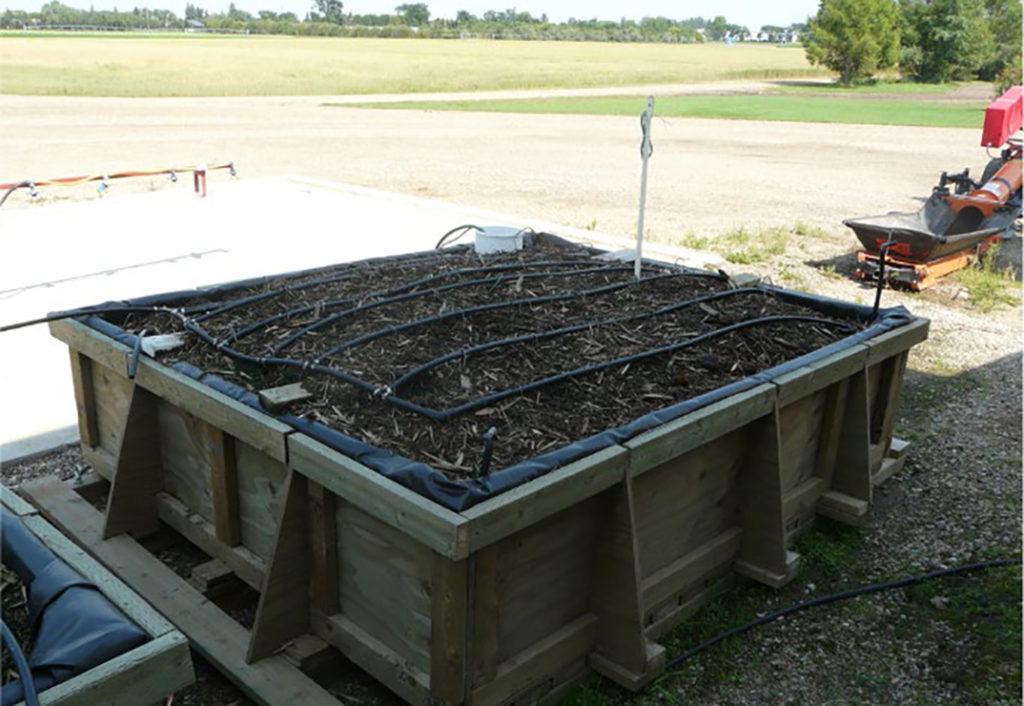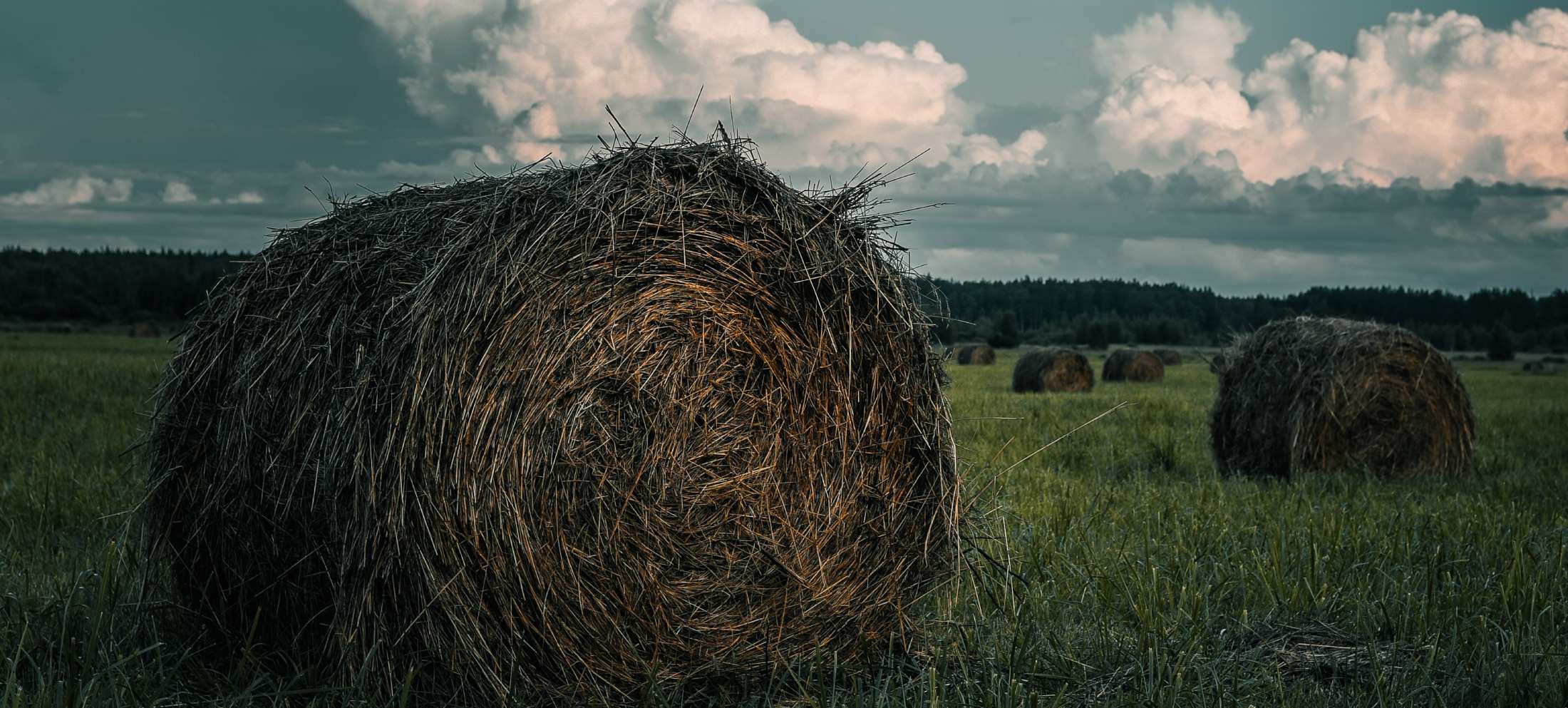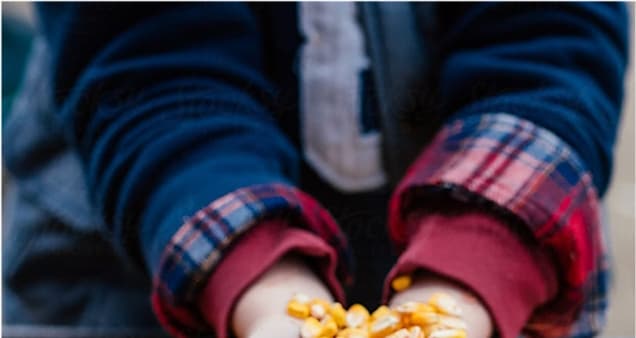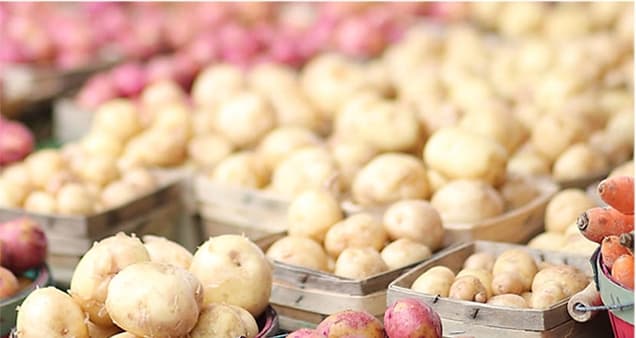Pesticides are an important tool farmers rely on for protecting their crops. When used appropriately by well-trained people, the environmental impacts of pesticide use can be minimized. In our day-to-day use of these products, despite our best efforts, some mixed chemical may be left over after spraying is completed and additional rinse water is generated during cleaning. While detailed information can be found on product labels about mixing and application, information regarding the treatment and disposal of leftover product and rinse water is often less clear. Dumping leftover pesticides and rinse water on the ground has the potential to contaminate ground and surface water as well as potentially allowing chemicals to build up in the soil.
The first step in dealing with this issue is to reduce the amount of left-over product. The EFP program recommends applicators carefully gauge field size, mix an accurate volume of product and regularly calibrate sprayers. Spraying leftover product on the field being sprayed or on the headland areas is a disposal option, if you ensure that all label directions, including maximum product application rates and minimum separation distances, are observed. Although this can be an appropriate way to deal with spray waste, it would be preferable to capture and treat this waste in a contained environment.

Biobeds are a technology designed to treat pesticide rinsate. They have been in use in Europe for decades but more recently, Agriculture & Agri-Food Canada (AAFC) has been testing systems across Canada to evaluate their suitability in the various regions (Figure 1). Biobeds consist of an above ground container or lined hole dug in the ground, filled with a mixture of organic materials (e.g., woodchips, chopped straw, peat and/or compost) and field soil. Sprayer rinse water is directed into the biobed system where microorganisms that inhabit this “biomix” work to consume the pesticides and convert them into forms that are environmentally more benign. There are many design options and several considerations that need to be taken into account before constructing such as system. Most of the research to date has focused on their use for treating herbicide residues, but there is interest in assessing the suitability for treating fungicides residues as well. The volume of rinsate generated in a season would impact the size of the biobed system required. If you are interested in this technology and would like to learn more about some of the systems that are in use, please see the links below.
Biobed Links



